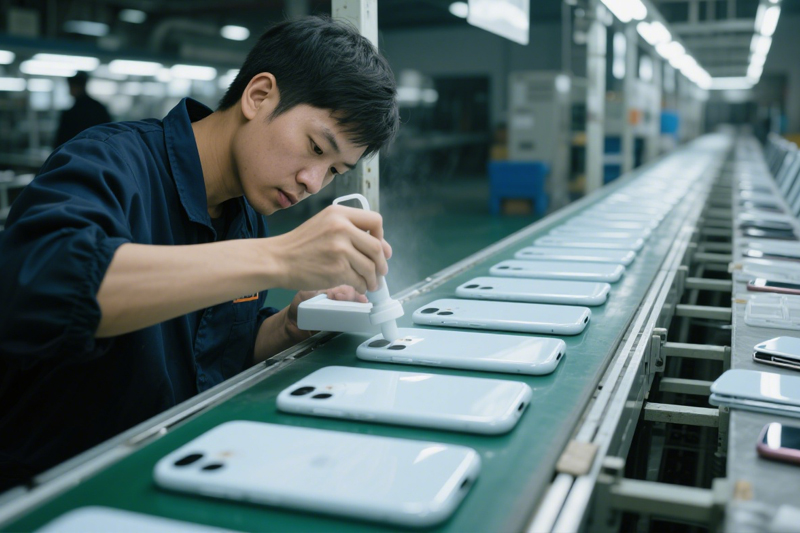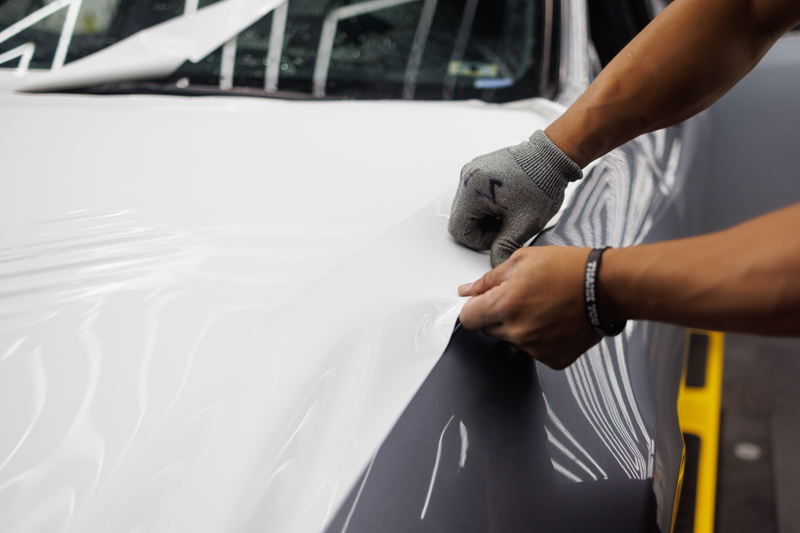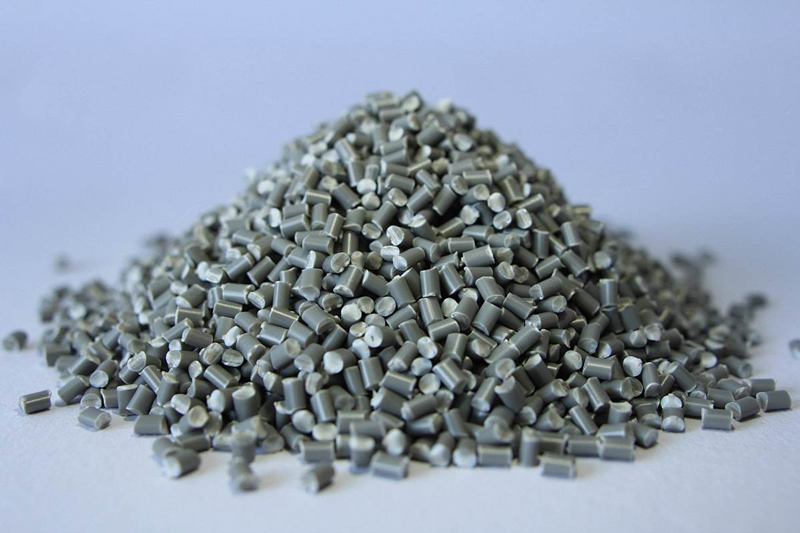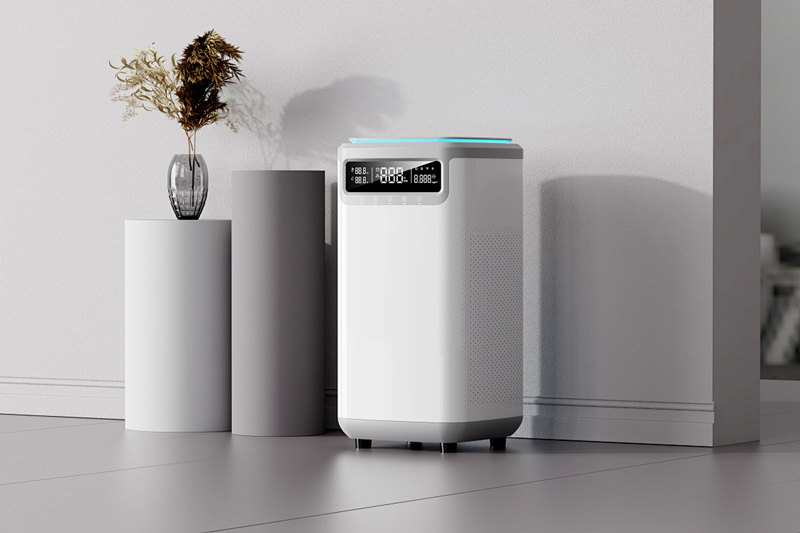
The following is a detailed introduction about UV varnish:
-Basic Information
-Definition: UV varnish is a transparent coating, also known as UV varnish, full name is UV curable varnish, which can quickly cure into a film under UV irradiation.
-Composition of components
-Aggregates: are the main components of UV varnish, determining its main properties, such as epoxy acrylate, polyurethane acrylate, polyester acrylate, etc., which can affect the hardness, flexibility, adhesion and other properties of the cured varnish.
-Reactive diluents: Used to adjust the viscosity of varnish for ease of construction, and also participate in curing reactions under ultraviolet irradiation, becoming part of the cured film, including single functional group reactive diluents and multi-functional group reactive diluents.
-Photoinitiator: It is a crucial component in UV light oil, which generates free radicals or cations under UV irradiation, triggers the polymerization reaction of oligomers and reactive diluents, and achieves rapid curing of light oil. Common examples include benzoin ethers, benzophenones, and thioanthrone.
-Other additives: To improve the performance of UV varnish, leveling agents, defoamers, antioxidants and other additives are also added.
-Characteristics
-Fast curing speed: Under UV irradiation, it can usually cure quickly within a few seconds, greatly improving production efficiency and saving time and energy.
-Excellent performance: After curing, it has the characteristics of high hardness, high gloss, good wear resistance, chemical resistance, and weather resistance, which can provide excellent protection and decorative effects for coated objects.
-Good environmental friendliness: does not produce volatile organic compounds (VOCs) during the curing process, is environmentally friendly, and meets the requirements of sustainable development.
-Strong adhesion: It has good adhesion to various substrates. When testing, use 3M tape to pull three times in the same place, and usually there will be no UV coating peeling off.
-Good leveling performance: Using high-quality additives such as the lubricant produced by BYK company, it can almost achieve a mirror effect under good UV machines, with delicate film formation and good hand feel.
-Construction technology
-Construction preparation: Ensure that the construction environment is clean, dry, and well ventilated. Check whether the surface of the substrate is flat and smooth, and if necessary, polish and clean it. At the same time, prepare the necessary tools and equipment such as UV varnish, spray gun, UV lamp, etc.
-Paint mixing: According to the instructions for the use of the paint, mix UV varnish with an appropriate amount of diluent evenly, adjust to the viscosity suitable for construction, and be careful to avoid sedimentation or unevenness during mixing.
-Spraying construction: pour the prepared UV varnish into the spray gun, adjust the pressure and spray mode of the spray gun, spray the UV varnish on the surface of the substrate at a uniform speed and distance, to avoid sagging, missed spraying or uneven thickness. For situations requiring multiple spraying, pay attention to the drying time between each spraying to ensure the coating quality.
-UV curing: Place the sprayed substrate surface under a UV lamp for curing treatment. The curing time and strength depend on the type and thickness of the coating, usually taking a few seconds to a few minutes. During the curing process, pay attention to observing the surface condition of the coating to ensure complete curing.
-Quality inspection: After curing is completed, the quality of the coating is inspected, including appearance, glossiness, hardness, adhesion, etc. If any quality problems are found, they should be dealt with in a timely manner, such as re spraying or repairing.
-Finished product protection: Protect the cured finished product from collision, scratches, or contamination. During packaging and transportation, appropriate protective measures should be taken to ensure the quality of the finished product.
-Application Fields
-Printing industry: used for surface treatment of printed materials such as book covers, picture books, packaging boxes, etc., which can improve the glossiness and wear resistance of printed materials, enhance visual effects and service life.
-Packaging industry: applied to food packaging, pharmaceutical packaging, cosmetics packaging, etc., providing excellent moisture resistance, stain resistance, wear resistance and other properties for packaging materials.
-Wood processing industry: It can be coated on the surface of wooden products such as furniture and flooring to improve the glossiness and wear resistance of wooden products, and protect the surface of wood from damage.
-Plastic processing industry: used for surface treatment of plastic products such as phone cases, computer cases, toys, etc., to provide good decorative effects and wear resistance for plastic products, while improving the surface hardness of plastic products.
-In the field of electronic appliances, it is used for the shells of electronic products such as mobile phones and tablets, as well as for the shells and control panels of household appliances such as refrigerators and air conditioners, to enhance wear resistance, scratch resistance, fingerprint resistance, etc.
-In the automotive field, it can be used for interior parts such as instrument panels and center consoles, as well as exterior parts such as bumpers and rearview mirror housings, to enhance aesthetics and texture, and to improve UV resistance, weather resistance, and wear resistance.
-In the field of advertising signage, it is used for outdoor advertising facilities such as billboards and lightboxes, as well as enterprise signs, directional signs and other signage to improve weather resistance and wear resistance, enhance visual effects and recognition.
-Crafts field: can be used for glass crafts, ceramic crafts, resin crafts, etc., to increase surface hardness, glossiness, wear resistance, and stain resistance, enriching decorative effects.



